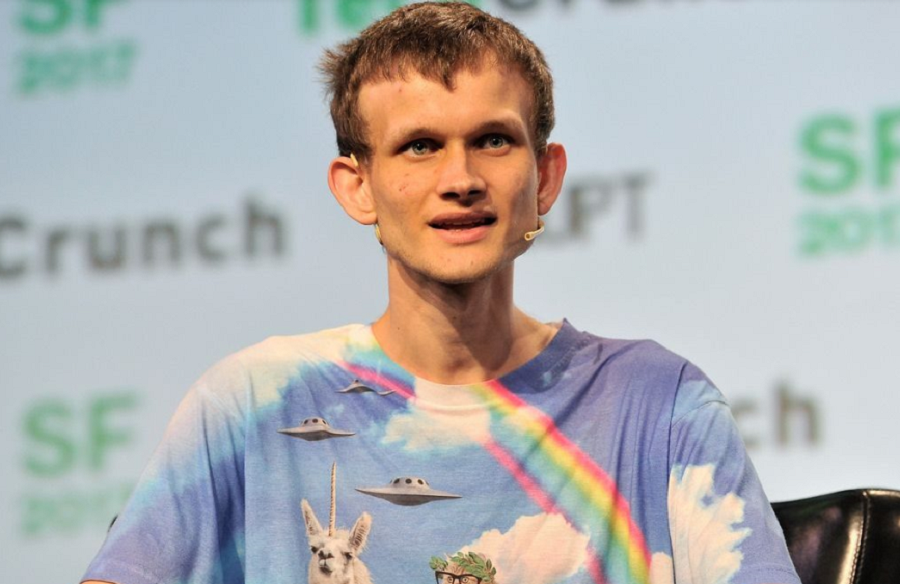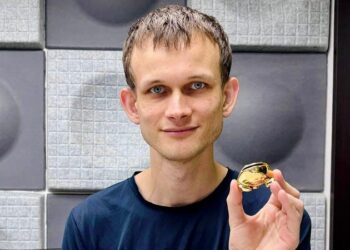The Ethereum Blockchain’s co-founder and main developer, Vitalik Buterin has stated that after “The Merge,” which is tentatively slated for the 19th of September 2022, there are four additional stages, in which at their completion, the Ethereum blockchain will be able to process 100,000 transaction per second (TPS). Buterin stated this at the annual Ethereum Community Conference (EthCC) in Paris,
To put this into perspective, at Ethereum’s current capacity, it can only process 13 TPS. This is a 769,000% growth in the network’s transaction speed. Compared to other Blockchains in the top 100, Ethereum will become one of the fastest blockchains as it topples the likes of Binance Chain, Solana, Ripple, Algorand, Fantom, Cosmos, Avalanche and Cardano.
After the Merge upgrade, which will be the Ethereum’s blockchain full transition into a Proof-of-Stake (PoS) consensus mechanism from the Proof-of-Work (PoW) consensus mechanism, Vitalik stated that there will be four other stages namely; The Surge, the Verge, The Purge and The Splurge.
Everything you need to know about “The Merge”
- The Ethereum merge is one of the biggest crypto events of 2022. Ethereum is a layer 1 blockchain that operates a PoW consensus mechanism in which meaning miners must validate transactions.
- Due to the high level of decentralization that comes with PoW, this consensus mechanism enables the Ethereum blockchain process only 13 TPS.
- Because of the high demand and usage of the Ethereum blockchain, there is now a significant need to scale the speed of the blockchain as transactions done on the blockchain now exceeds over a million a day, according to Etherscan.
- This increase in network usage has led to extremely slow transaction speeds and high gas fees plaguing the blockchain. The PoW consensus limits Ethereum’s ability to effectively scale which means that the Ethereum Blockchain simply cannot handle the demand.
- Because of this, other blockchains capitalized on this shortcoming of the Ethereum blockchain and they created their own Blockchains which are generally known as alternate L1s or “ETH killers,” which TPS’s far surpasses that of Ethereum’s.
- These Ethereum Killers have had a rapid rise as many users have flocked to them, due to their speed and cheap transaction fees. This caused Ethereum’s market share by Total Value Locked (TVL) on DeFi Llama has declined from 100% to 55% in the space of 2 years.
- As a result of this issue, the Ethereum developers, led by Vitalik, came up with a solution which is to transition the Ethereum blockchain from a PoW to a PoS consensus mechanism, in order to increase scalability, speed and decrease cost.
- The transition upgrade can be split up into three major categories, which are; Beacon chain (completed), The merge (September 2022) and Sharding (2023+).
- The merge, which is happening in September 2022, can be defined as Ethereum’s official transition from PoW to PoS. It can be broken down into 2 major categories: Deflation, and rewards.
- In this upgrade, a major benefit will be that Ether, the native token of the Ethereum blockchain, will see its issuance decline from 15k/day to 1.5k/day, representing a 90% cut to emissions. This decline in emissions is very positive, as currently Ether issuance is causing a +3.2% yearly inflation, which reduces the value of the token.
- After the merge, Ether’s supply will decrease by -0.9% ensuring that the token will finally become a deflationary token, in which scarcity ensures that the token will be more valuable.
What you should know
- Discussing the Merge’s long-term and short-term outcomes, Vitalik said, “After the merge you will be able to build an Ethereum client that does not even know the proof-of-work phase even happened.”
- He further stated that, “At the end of this road map, Ethereum will be a much more scalable system. By the end, Ethereum will be able to process 100,000 transactions per second.”
- He added that in terms of Ethereum’s overall network development, the protocol will be “55% complete once we finish the Merge.” Thus, there is much more work for developers ahead.
For now, Buterin outlined that the deep changes to the network will include updates to its monetary policy and token issuance, its security model and its transaction inclusion process.
He noted that pursuing these decentralized goals is difficult because of the complexity of the network and how quickly it is changing. But, he added, everyone has been looking forward to these upgrades to the network for a long time.






















